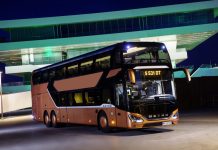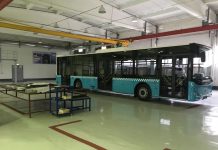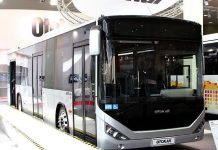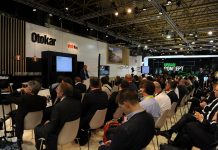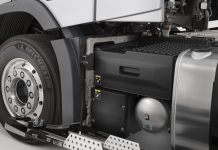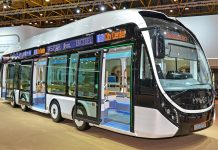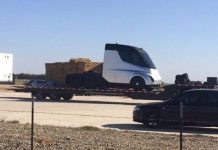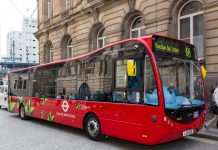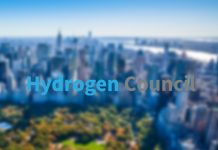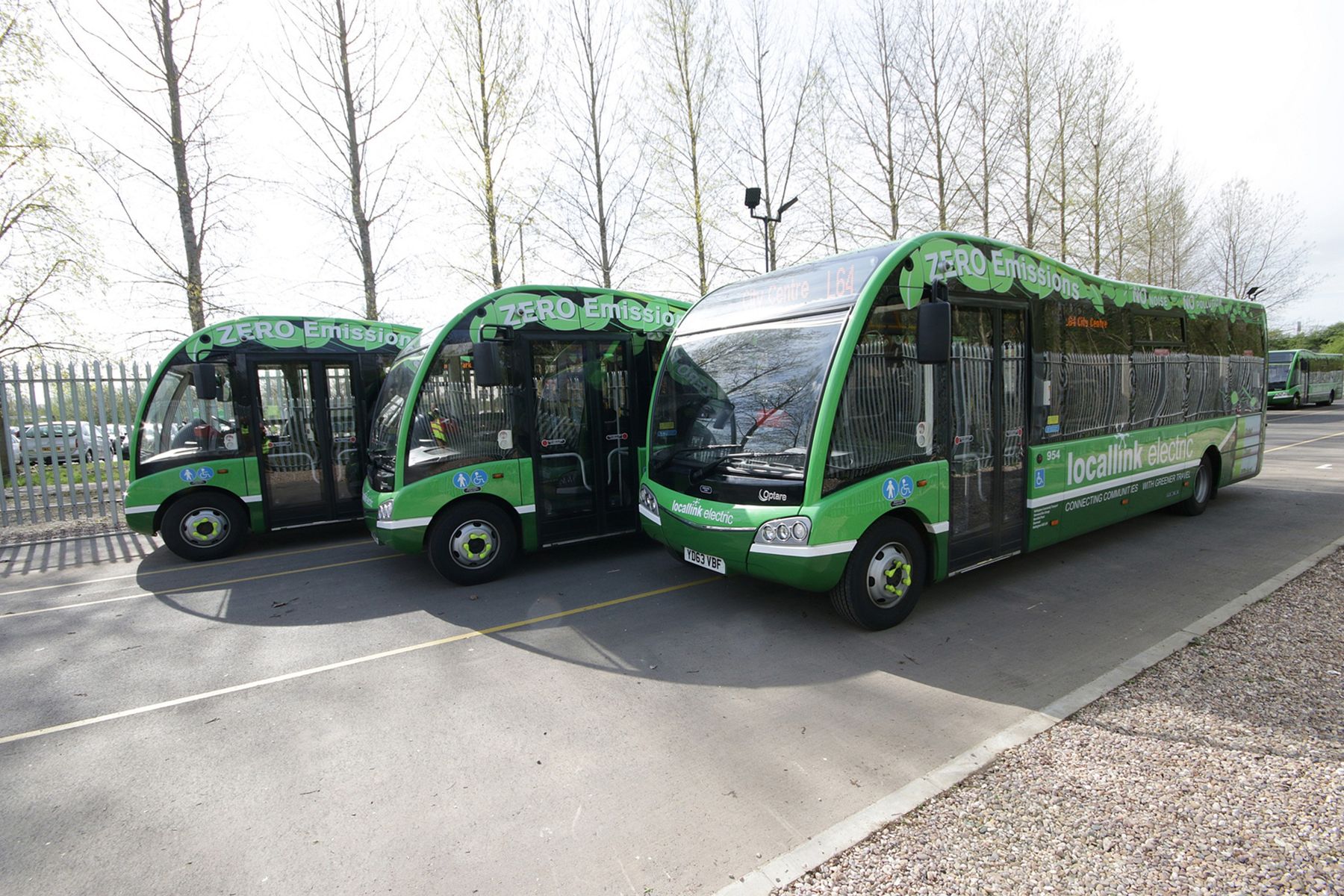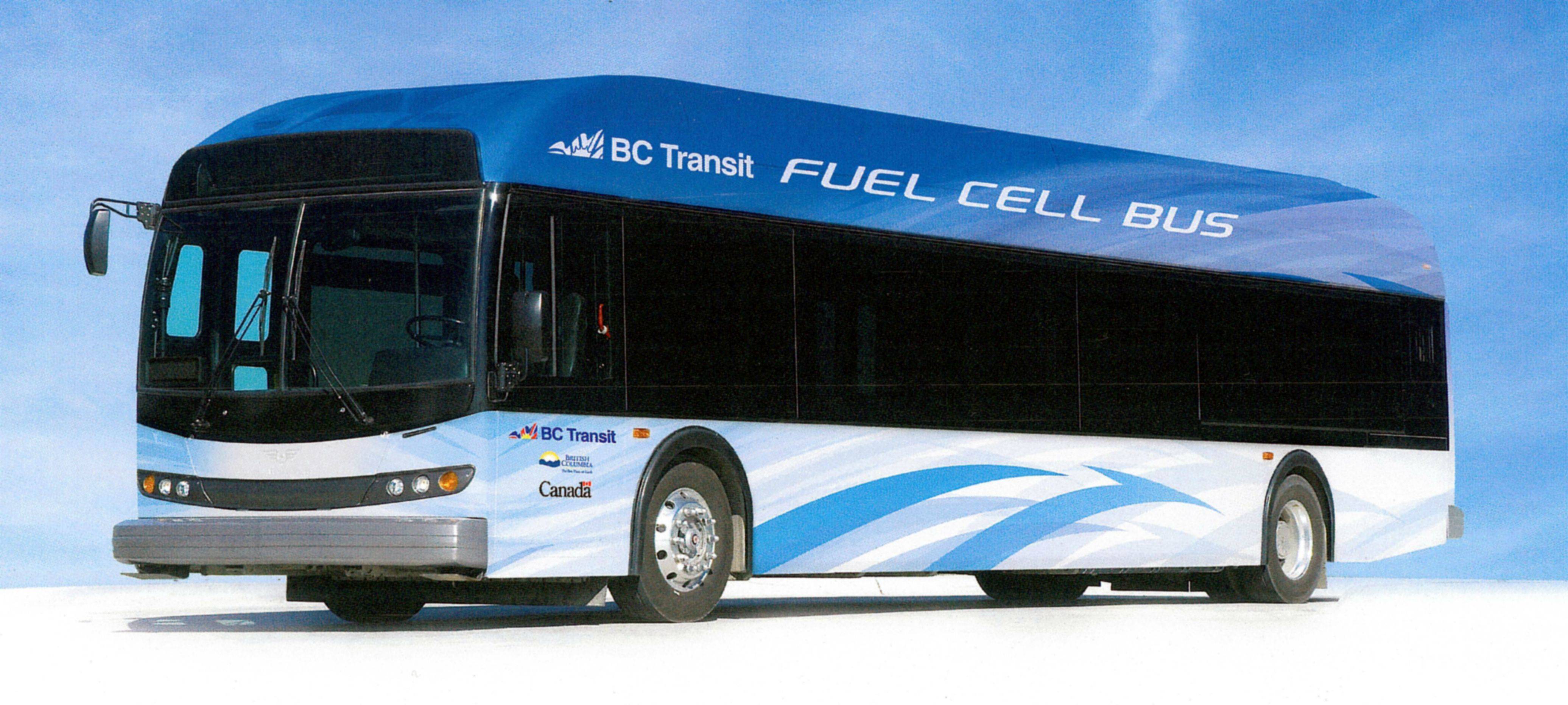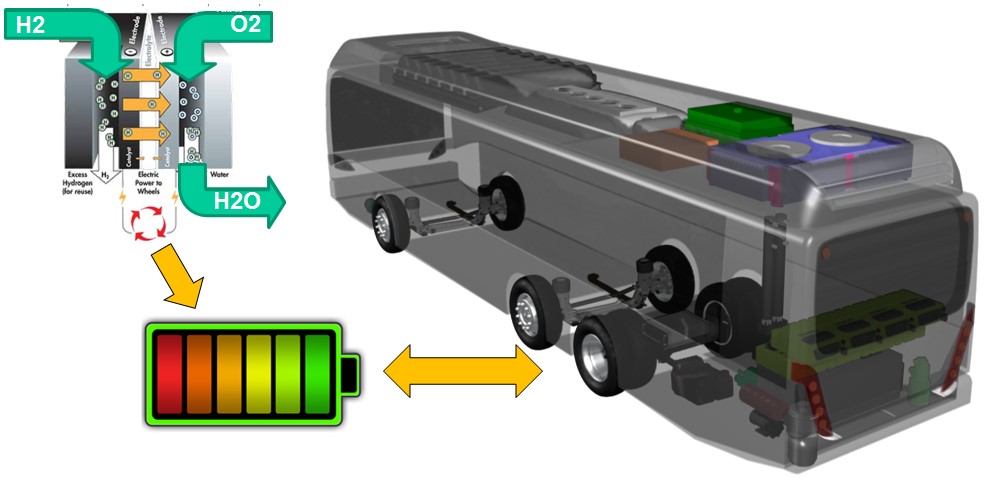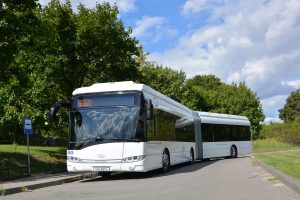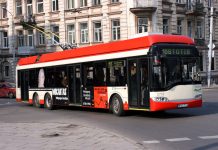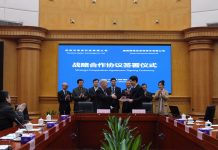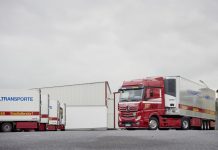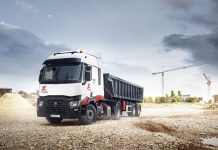Battery electric is expected to be the best-selling type of electric powertrain for buses through 2026
A new report from Navigant Research analyzes the global market for medium and heavy duty electric drive buses, offering an assessment across hybrid, plug-in hybrid, battery electric, and fuel cell technologies, with forecasts for annual sales, segmented by region and powertrain type, through 2026.
As governments worldwide implement legislation to improve overall vehicle efficiency and reduce emissions, managers of medium and heavy duty bus fleets are looking toward advances in hybrid and electric powertrains to comply and reduce operating costs. After years of testing, solid performance data is available, making fleet managers more confident in the long-term performance of the technology and more comfortable with its return on investment. According to a new report from @NavigantRSRCH, the global market for electric drive buses is expected to grow from about 119.000 buses in 2016 to 181.000 in 2026.
“Electric drive buses of all types are expected to see steady sales growth over the next decade, driven by clean air legislation and government incentives,” says David Alexander, senior research analyst with Navigant Research. “The global market is dominated by the rapid growth of battery electric bus sales in China thanks to recent changes in incentives, while hybrid drive is growing strongly in other markets.”
What is a fuel cell?
A fuel cell is a device that converts chemical potential energy (energy stored in molecular bonds) into electrical energy. A PEM (Proton Exchange Membrane) cell uses hydrogen gas (H2) and oxygen gas (O2) as fuel. The products of the reaction in the cell are water, electricity, and heat. This is a big improvement over internal combustion engines, coal burning power plants, and nuclear power plants, all of which produce harmful by-products.
Since O2 is readily available in the atmosphere, we only need to supply the fuel cell with H2which can come from an electrolysis process (see Alkaline electrolysis or PEM electrolysis).
A PEM (Proton Exchange Membrane) cell uses hydrogen gas (H2) and oxygen gas (O2) as fuel. The products of the reaction in the cell are water, electricity, and heat. This is a big improvement over internal combustion engines, coal burning power plants, and nuclear power plants, all of which produce harmful by-products.
Since O2 is readily available in the atmosphere, we only need to supply the fuel cell with H2which can come from an electrolysis process (see Alkaline electrolysis or PEM electrolysis).
Hydrogen + Oxygen = Electricity + Water Vapor
About Fuel Cell Electric Buses
Fuel Cell Buses: Fuel cell buses are currently in a pre-commercial phase, although there are
buses being deployed in regular transit operations and transit fuel cells being offered with
conventional warranties. As do battery electric buses, fuel cells offer zero tailpipe emissions
and low noise operation. Most fuel cell development in the transit sector has focused on the
full-size 40-foot buses, with the fuel cell providing primary propulsion. This requires a high
power fuel cell – typically around 125 kW to 150 kW. The cost of these buses is still quite
high, and the next several years will be devoted to manufacturers refining the technology while bringing down costs.
Details:
Fuel cell electric buses are hybrid electric buses using fuel cells to power the electric motor(s). Itl uses hydrogen and oxygen to generate electricity by an electro-chemical process producing only heat and water as a by-product (no harmful emissions). The heat can be used again to warm the passenger compartment, such that as little energy as possible is lost in the process.The hydrogen is safely stored on-board in gaseous storage tanks on the roof.The energy storage devices (such as a battery or ultra-capacitor) are included to improve performance and fuel efficiency and he bus structure and other non-electric components are the same as the ones of conventional buses.Hydrogen offers much higher energy density compared to electrical storage systems (e.g. batteries, super-capacitors), this leads to a substantial driving range for the buses (more than sufficient for a day’s operation). FCEB’s can be operated up to 16 hours a day, in all climate conditions.
-In the fuel cell hybrid bus, the fuel cell produces directly the electric power for the electric motor and/or to recharge the batteries. In addition, both types allow, through a process called regenerative braking, to recover energy lost due to braking to be utilized to charge the battery. Also called brake energy recuperation.
In a regenerative braking system, the objective is to recapture the energy byproduct that results when the brakes are applied. In electric or hybrid vehicles, the electric motor that drives the car’s wheels plays a major part during braking. When the brake pedal is pressed, the regenerative braking circuit switches the motor so that it now operates in reverse to counter the direction of the wheels. This reversal actually makes it perform like a power generator or dynamo that produces electrical energy. The electricity developed is routed towards the vehicle’s storage batteries to recharge them.
– Schematic Principle of Fuel Cell Electric bus:
Benefits
Air quality improvements : no toxic tailpipe emissions/only water vapour, greenhouse gases emission reductions: with the potential to fully decarbonise public transport when hydrogen is generated from renewables and noise reduction: fuel cell electric buses are quiet
*Operational flexibility
Fuel cell electric buses comply with demanding urban bus service operation.
Among the zero-emission powertrain options and fuel cell electric buses have the longest range (> 300 km) / no need to return to the depot during daily service.
shortest refuelling times (< 10 min)
a performance comparable to conventional buses (speed and accelaration)
flexibility of service: no need for on-street infrastructurea regenarative breaking system that allows for a better efficiency of the vehicle
They are a long term solution for a sustainable technology, which does not limit productivity and quality of service.
* Compliance with geopolitical challenges
A tool to comply with EU, national and local regulations on low-carbon mobility and better air quality (f.e. EU air quality directive or local ambitions to clean bus fleets).
– a long term strategy focussed on reducing vulnerability to fossil fuel imports
– offers a storage solution to volatile local renewable energy that can be used as a fuel
– producing new local jobs and improving economic competitiveness
– cities participating in the project derive direct benefits from the demonstration buses as frontrunners
*Passengers and drivers comfort
Fuel Cell buses are very comfortable for passengers and drivers due to the
– lack of vibration
– smooth driving experience
and for the drivers, the traction power allows a quick start of the bus, even when it is full.
*Benefits as early adopter
Society is moving towards a low carbon future. Engaging now:
– means benefits from co-financing supporting schemes from local, national and EU level
– allows the development of in-house expertise and infrastructure for the technologies required
– means receiving information on lessons learned from previous demonstration projects
– improves the image of the transport operator
Global Players in Electric Bus Market
- AB Volvo
- BYD Company Limited
- Daimler AG
- EBUSCO
- King Long United Automotive Industry Co. Ltd.
- Proterra Inc.
- Shenzhen Wuzhoulong Motors Co. Ltd
- Solaris Bus & Coach S.A.
- Zhengzhou Yutong Group Co. Ltd.
- Zhongtong Bus & Holding Co. Ltd.
Source : Fuelcell and Hydrogen Undertaking


